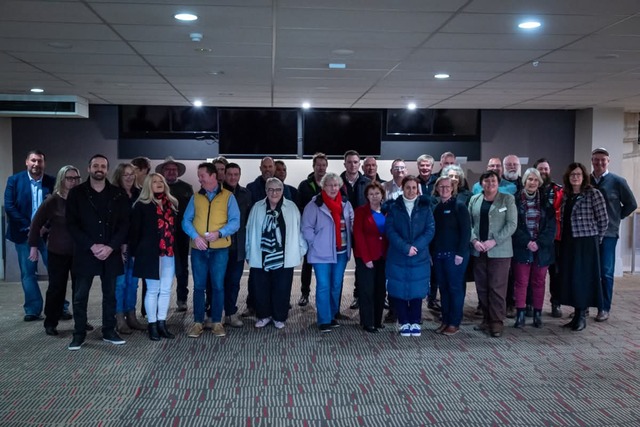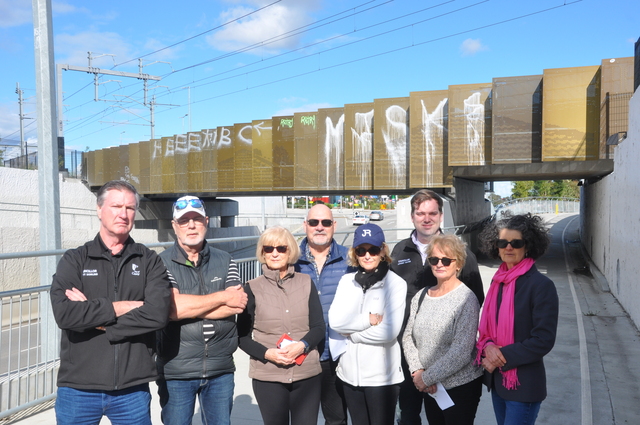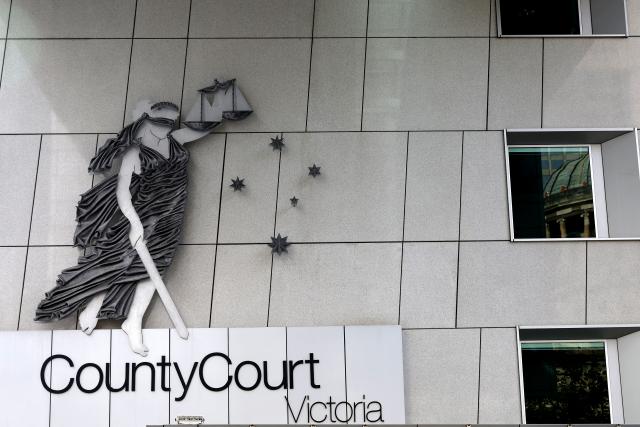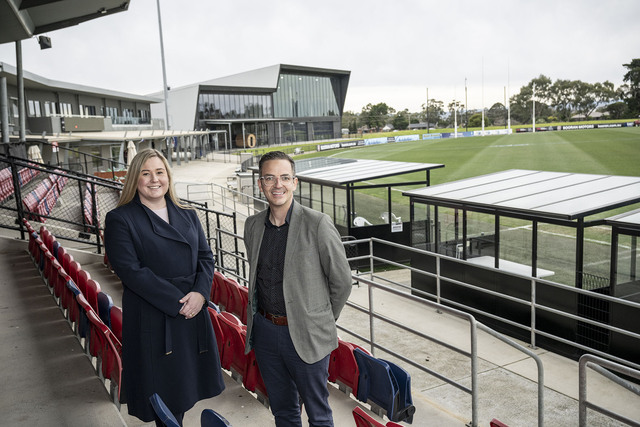Victorian councils gathered in Melbourne on Saturday, 26 July, in a united front to oppose the State Government’s $5.14 billion ESVF levy.
The levy, which stands for the Emergency Services and Volunteers Fund, was announced earlier this year as a substitute for the previous Fire Services Property Levy (FSPL).
The City of Casey was not in direct attendance; however, it was indirectly represented by Correa Ward councillor Shane Taylor, who was invited by the United Firefighters Union and attended the event in his personal capacity.
Cr. Taylor had previously voiced his protest against the new levy, adding during the June Casey council meeting that “the relentless cost-shifting from the State Government onto local councils and, by extension, onto our residents… is unacceptable”.
“Let’s talk about the so-called emergency services fund levy; this is a state tax, plain and simple, but they’re using councils as their collection agency,” he said then.
During the 26 July gathering, councillors from neighbouring Cardinia Shire and others, such as the City of Yarra, who have been vocal in their opposition, heard from a number of speakers.
Among them was Professor Bill Mitchell from the University of Newcastle, who spoke on the impact of the reforms; UFU secretary Peter Marshall, on how the new levy is being accompanied by cuts to fire services for Victorians; and Andrew Weidmann AO on the impact of the tax on regional and rural areas.
The meeting served as a unanimous move to oppose the implementation of the tax, a stand that the City of Casey, in its capacity as council, has stated previously that they would carry out.
Casey’s Mayor, Stefan Koomen, told Star News in June 2025 that while he agreed the ESVF levy was unfair, the council remained tied to its legal obligations under the State Government.
“Undertaking this role places extra pressure on council resources, and we will continue to work with the state government and other stakeholders, including the Municipal Association of Victoria (MAV), to ensure a smooth implementation within our community,” he said then.
The new levy will affect Victorians and farmers for an extra $765 million per year, bringing the total ESVF revenue forecasts to $1.8 billion per year.
The state government is shifting costs forecasts at $1.96 billion per year from consolidated revenue into the levy, effectively accompanying a tax increase with a cut to funding for emergency services.
Taking a closer look, the variable rate charged based on Capital Improved Value (CIV) of land, more than doubles for homeowners and businesses, and triples for farms.
Government modelling shows that the median rates for homeowners rise from $191 to $254, rates for businesses rise from $749 to $1240, and for farms from $621 to $1299.
Vice president of the Casey Residents’ Ratepayers Association, Anthony Tassone, had sent an official letter on behalf of the CRRA, questioning Casey’s position on the levy.
“Communities across Victoria, including volunteer firefighter organisations, farmers, small business owners and residents, are voicing strong opposition to this levy,” Tassone wrote.
He also asked in the letter if Casey is participating in, or planning to join, the advocacy effort with the other councils in opposition to being a collection agent of the ESVF.
He then asked that if that were not the case, if the council would commit to actively advocating on behalf of the city’s residents and ratepayers, “and [to] formally revolve to join the collective campaign”.
Tassone also questioned the actions Casey would take to communicate the details and impacts of the levy to the overall community, and if there would be assistance to eligible residents and volunteers when it comes to accessing rebates and concessions.
“Given the widespread opposition and the significant impact on Casey ratepayers, we urge the City of Casey to take a proactive role in representing our community’s interests on this matter,” Tassone said.
Going back to the 26 July meeting, the gathering aims to form a delegation to meet with the Premier, Treasurer and the Minister for Local Government to advocate for a Moratorium and public enquiry.
Furthermore, there are goals to develop a working group that is inclusive of three rural, metro and regional councillors (nine total) to develop a structured campaign to continue a program of community awareness around the ESVF.






